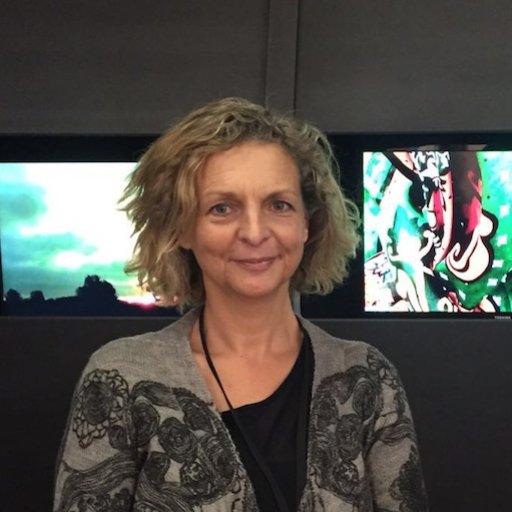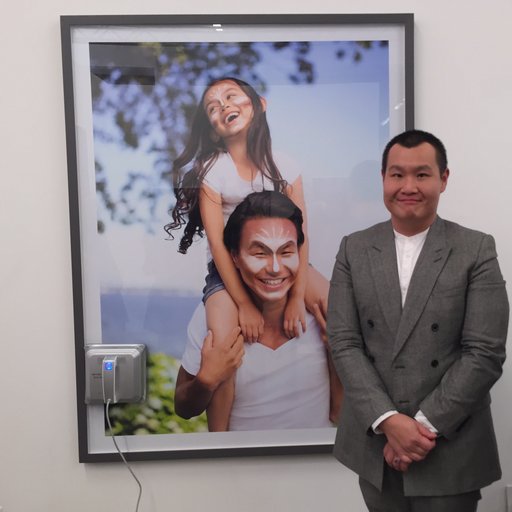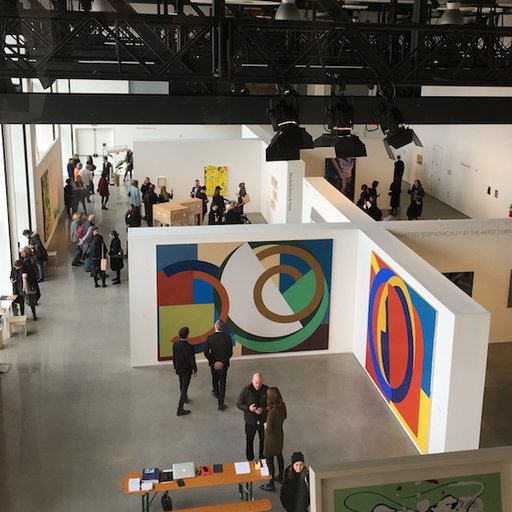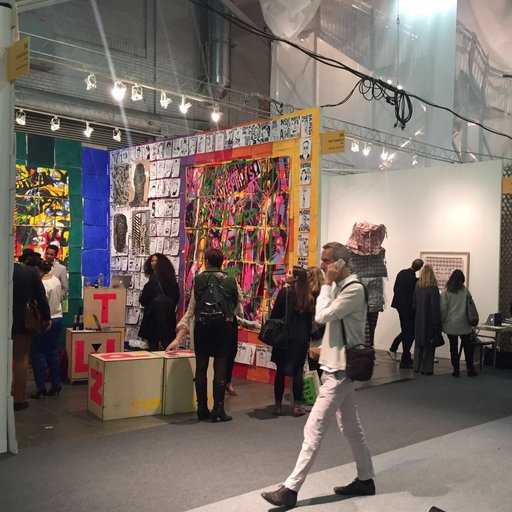About a decade and a half ago, Matthias von Stenglin and Beat Raeber were working in galleries in Berlin, the former as a partner at Galerie neugerriemschneider and the latter for Martin Klosterfelde, when they met and bonded over a shared love for American Minimalism and the absurdity-loving Slovak artist Julius Koller. The two realized that they wanted to launch a gallery of their own, but they decided that Berlin was overcrowded and too competitive—so in 2010 they decided to decamp to Zürich instead.
“Zürich has an amazing small scene, great museums and many collectors,” von Stenglin says. “It’s the business city for galleries. There are also great galleries, but not too many so lots of artists are up in the air.” This allowed the two to pick and choose their own program of artists who excited them, like Saâdane Afif, who already had a gallery in Berlin.
Now, six years later, “It was a very good decision to go to Zürich,” von Stenglin says. They work with 17 artists now, with a focus on sculpture and installations that are on the conceptual side, while encouraging their artists to continually try new things. “Artists who realize that they can sell paintings with red stripes on them so they just make red stripes—that’s not very interesting to me,” he says. “For us it was interesting to find young artists who weren't stuck to one medium but break through boundaries in order to look on the other side.”
In their booth at NADA + ART COLOGNE COLLABORATIONS, this tendency was abundantly on display in the work of Sofia Hultén, a Swedish artist who made the central wall piece by buying and modifying heating pipes from different eras so that they all looked the same and then building them into a cascading, root-like network. On the floor, she also had a scattering of subtly Frankensteinian rocks that she created by gathering stones, casting them in latex, smashing the stones, and then glueing their fragments back together with epoxy. (Both pieces were €12,000.)
As for the gallery’s rather imposing name, von Stenglin explains the underlying strategy. “For a gallery starting out, you have two options: you either have a fancy name, or you use your name,” he says. “For us, we liked to have our own name because it's so difficult that when people finally learn it, they don't forget it.” It certainly worked for neugerriemschneider.



























